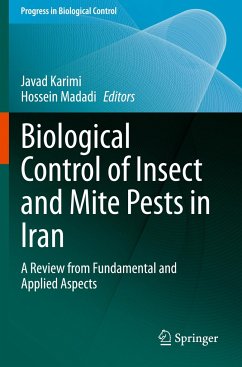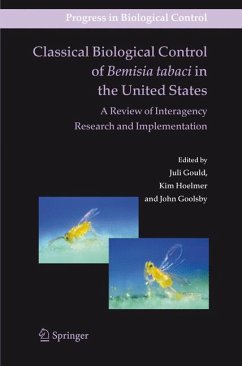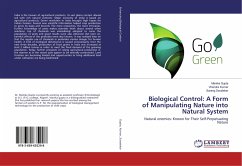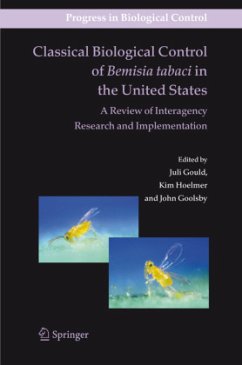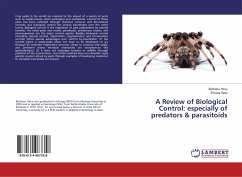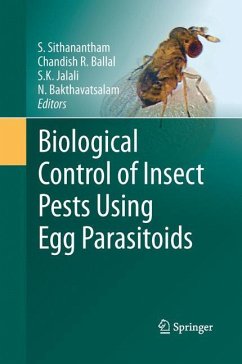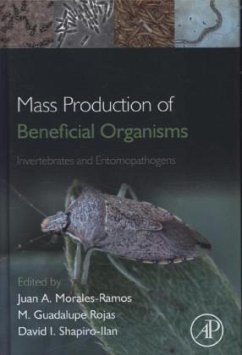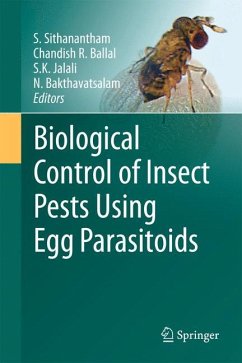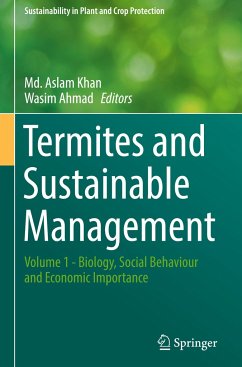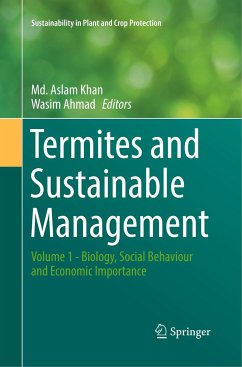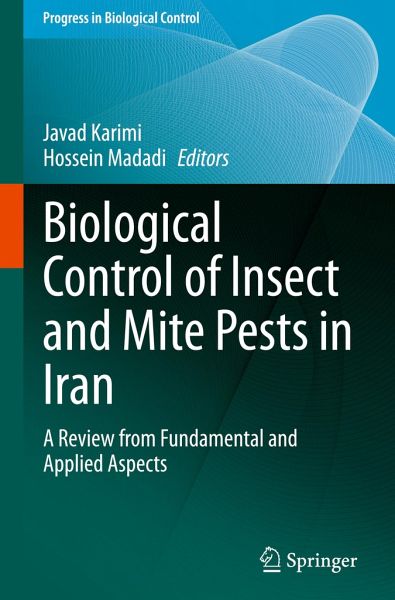
Biological Control of Insect and Mite Pests in Iran
A Review from Fundamental and Applied Aspects
Herausgegeben: Karimi, Javad; Madadi, Hossein

PAYBACK Punkte
38 °P sammeln!
The book provides a reference to biological control of arthropod pests in agriculture and of public health importance in Iran. A quick glance over the literature shows a long history of biocontrol attempts in the country. Some historically important events highlighting the interest of Iranian academic, research and extension fields to the natural enemies and their applied aspects are provided. Iran, with an exception of the former USSR, was a pioneer in both basic and applied biocontrol in West Asia. The book consists of four parts: three parts for predators, parasitoids and pathogens, and las...
The book provides a reference to biological control of arthropod pests in agriculture and of public health importance in Iran. A quick glance over the literature shows a long history of biocontrol attempts in the country. Some historically important events highlighting the interest of Iranian academic, research and extension fields to the natural enemies and their applied aspects are provided. Iran, with an exception of the former USSR, was a pioneer in both basic and applied biocontrol in West Asia. The book consists of four parts: three parts for predators, parasitoids and pathogens, and last part for other approaches and analyses of the current state of biological control in Iran. The book provides the most up-to-date information on pest control and related topics of entomology in Iran. The chapters are written by scholars from major Universities and research centers in Iran.



